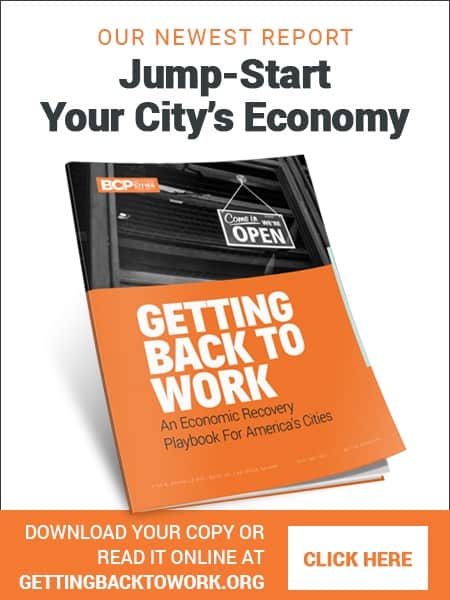A recent Kansas City Star story claimed that “large corporations buying single-family homes have contributed to rising prices.” This argument has been made in Kansas City and elsewhere around the country. The Mid-America Regional Council data on which the Kansas City analysis is based upon reveals only a portion of the whole story.
According to MARC, 33 companies own 14,000 single-family homes in the Kansas City region — nearly 8,000 of them owned by just five firms. That number might sound alarming, but it doesn’t tell readers how many single-family homes exist overall. This is important to know. It turns out that number approaches 700,000, which makes those 14,000 units seem less meaningful. Does anyone believe that corporate-owned housing stock amounting to only 2% of the market is roiling prices?
The idea that institutional investors are the reason for higher housing costs is not only wrong, but it also misunderstands why corporations are investing in homes in the first place. They’re reacting to conditions in the housing market, not creating them.
Housing policy failure
The real culprit behind rising prices is policy failure: restrictive zoning, lengthy approval processes and regulations that make it harder to build more housing. Blaming mustache-twirling corporate landlords for high prices ignores the fact that there is a housing shortage in the United States, though less so in Kansas City — one created by government rules preventing the market from responding to demand.
Even the MARC report acknowledges this, stating early on that a “limited supply of available single-family homes for sale pressures rental prices upward.” That’s the real issue: We aren’t building enough housing. But ideologues looking to stoke class warfare aren’t satisfied with mere policy solutions — they need a villain. And big corporations are an easy target.
Beyond supply shortages, there’s another factor driving institutional investment: a lack of mortgage accessibility.
Kevin Erdmann, a senior fellow at the Mercatus Center at George Mason University, has studied this issue extensively. He points out that before the 2008 financial crisis, individual homebuyers almost always outbid investors because they had access to mortgages. But after the Great Recession, lending rules tightened, particularly for borrowers with lower credit scores.
With fewer regular homebuyers able to get mortgages, investors stepped in to fill the void. Institutional buyers aren’t “taking over” — they’re buying homes that, under normal conditions, would have been snapped up by individual buyers. The real solution isn’t to kick investors out — it’s to address how mortgages are issued and spur housing construction so regular people can compete again. Policymakers should reverse the overzealous mortgage regulations enacted post-2008, which have unduly tightened lending standards and shut out creditworthy borrowers.
Restrictions won’t solve housing
Some policymakers want to pass laws that restrict corporate home purchases. But trying to legislate investors out of the market not only won’t solve the problem at hand, it may bring its own unintended consequences. It is exactly this type of well-intended government tinkering with the market that has brought us the housing problems we have now.
Kevin Klinkenberg, executive director of Midtown KC Now, put it simply: “You can’t add more rules and complexity to the house-building industry and somehow expect prices to come down. We could do a lot locally to help make it easier to add supply to the market, which would counteract the impact of Wall Street.”
He’s exactly right. If policymakers are serious about making housing more affordable, they need to stop looking for villains and start fixing the real problems: outdated zoning, burdensome permitting rules, and mortgage policies that lock out regular homebuyers.
Blaming institutional investors for high prices makes for an easy political talking point, but it’s fundamentally misleading. Kansas City doesn’t have an investor problem — it has a housing shortage. That’s something policymakers have the power to fix, if they’re willing to do the work.
[This piece originally appeared in The Kansas City Star.]









